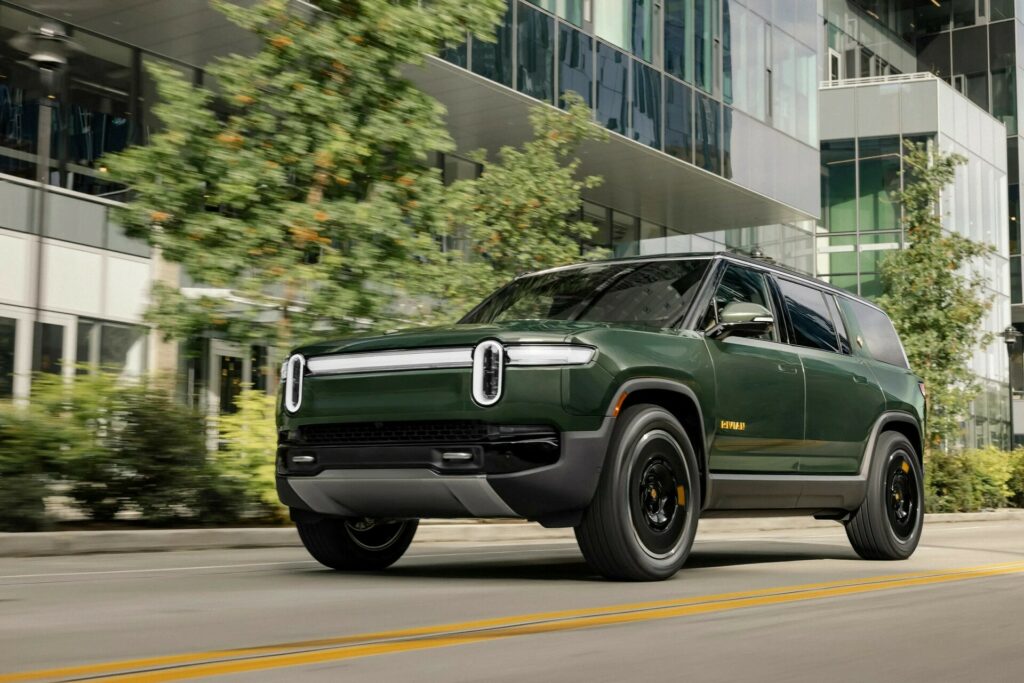- Rivian now expects to produce between 47,000 and 49,000 vehicles by the end of 2024.
- The startup originally aimed for 57,000 vehicles this year but faced significant supply challenges.
- Rivian’s Q3 deliveries fell sharply to 10,018 vehicles, down from 13,790 in the previous quarter.
Rivian’s vehicle deliveries took a downturn in the third quarter, prompting the electric automaker to lower its production targets for the remainder of the year. This shift means Rivian is now on track to produce fewer vehicles in 2024 than it did in 2023, marking a potential setback for the company’s growth trajectory in the competitive EV market.
During the July-to-September period, Rivian managed to deliver 10,018 vehicles. This figure reflects a sharp 27% decline from the 13,790 vehicles it delivered in the second quarter and the 13,588 it managed in the first quarter of the year.
Although production did see a rise from 9,612 units in Q2 to 13,157 units in Q3, it still fell short of the 13,980 vehicles Rivian had built in the first quarter. The automaker attributed the lower-than-expected production numbers to a shortage of a key, unspecified component that is shared among the R1T pickup, R1S SUV, and its commercial van, all of which rely on this critical part.
Read: This Rivian R1T Floated 150 Feet During Hurricane Helene And Still Runs Fine
“This supply shortage impact began in Q3 of this year, has become more acute in recent weeks, and continues,” Rivian said. “As a result of the supply shortage, Rivian is revising its annual production guidance to be between 47,000 and 49,000 vehicles.”
Originally, Rivian had set a goal of producing 57,000 vehicles for 2024, the same number it had achieved in 2023. However, with the updated guidance, the company now expects to wrap up the year having delivered between 50,500 and 52,000 vehicles to its customers.

Rivian’s founder and CEO, RJ Scaringe, addressed these production and supplier-related difficulties during a Morgan Stanley investor conference in September. He pointed out that both external supplier issues and internal production challenges had caused delays.
“We’ve had a couple of supplier issues of recent that have been challenging and in particular, a few issues around our in-house motors with some of the components that have been painful and a reminder of just how a multi-tiered supply chain can be difficult,” he said, reports CNBC.
The financial impact of these production slowdowns and reduced deliveries won’t be fully understood until Rivian releases its financial results on November 7. As of its last update in July, the company still projected that it would achieve its first-ever gross profit by the fourth quarter of 2024.




